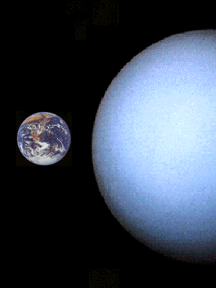This is an image of Uranus compared with that of the Earth.
NASA
A Comparison of Uranus and the Earth.
This image compares Uranus with Earth. Uranus is the fourth largest planet in the solar system, much larger than Earth, and mostly made of frozen gas. The table below is a comparison of the characteristics of Uranus and Earth.
|
Characteristic
|
Relative to Earth
(Earth = 1)
|
Absolute Value
|
|
Mass
|
14.5
|
8.68x10**28
|
|
Radius
|
4
|
25,559 km
|
|
Mean Density
|
-----
|
1.29 g/cm**3
|
|
Rotation Period
|
17.9 Earth hours
|
-----
|
Mean Orbital
Distance
|
19.2 AU
|
2,870 x 10**6 km
|
|
Orbital Period
|
84 Earth years
|
-----
|
|
Orbital eccentricity
|
-----
|
0.0461
|
Inclination to
ecliptic (degrees)
|
-----
|
0.774
|
Atmospheric
Temperature
|
-----
|
-350F
|
You might also be interested in:

The bland aquamarine face of Uranus bears witness to the fact that Uranus is enshrouded in clouds. The planet appears to be blue-green because the atmosphere absorbs the red wavelengths of the visible
...more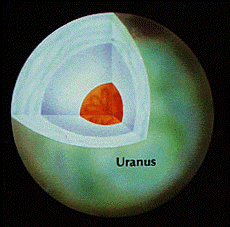
The Giant planets do not have the same kind of structure inside that the terrestrial planets do. Their evolution was quite different than that of the terrestrial planets, and they have much more gas and
...more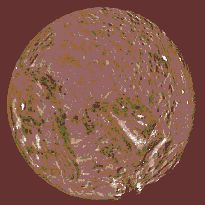
Uranus has // Call the moon count function defined in the document head print_moon_count('uranus'); fascinating moons and a complicated ring system. The ring system is a completely different form of ring
...more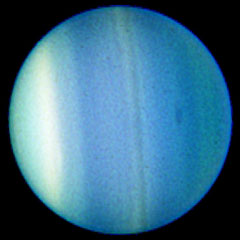
Uranus is the tilted planet. Its spin axis, which defines the locations of its North and South Poles, is tilted almost 98┬░ away from the "upright" direction perpendicular to its orbital plane. In other
...more
Atmospheres of the giant planets have definitely evolved from their formation out of the primitive solar nebula. How much they have evolved remains to be seen, however. Because of their enormous gravity,
...more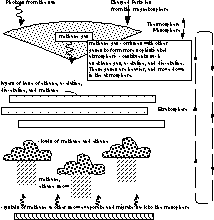
The major gaseous constituent of the atmosphere is methane. At the uppermost reaches of the atmosphere, near the thermosphere, methane gas breaks apart due to the influence of energetic photons or charged
...more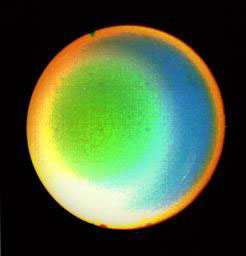
Motions in the atmosphere include wind. The major winds in the Uranian atmosphere are the zonal winds which consist of westward flowing zones and eastward flowing belts. The other major means of motion
...more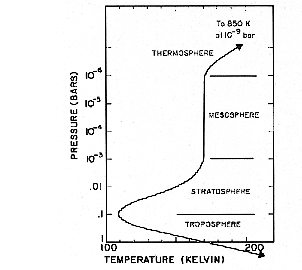
This is the temperature profile of Uranus' entire atmosphere. The horizontal lines indicate the boundaries between the troposphere, the stratosphere, the mesosphere, and the thermosphere.
...more
